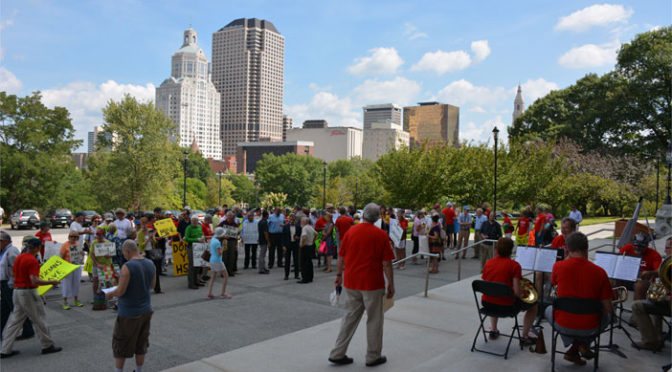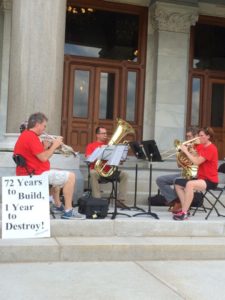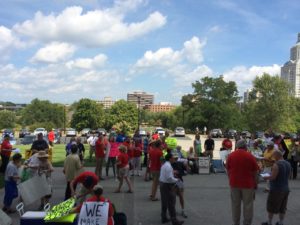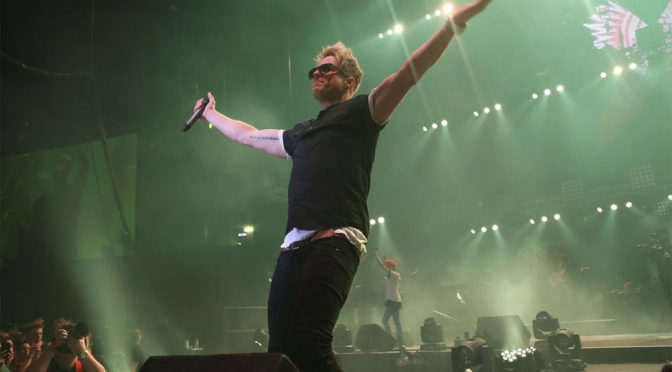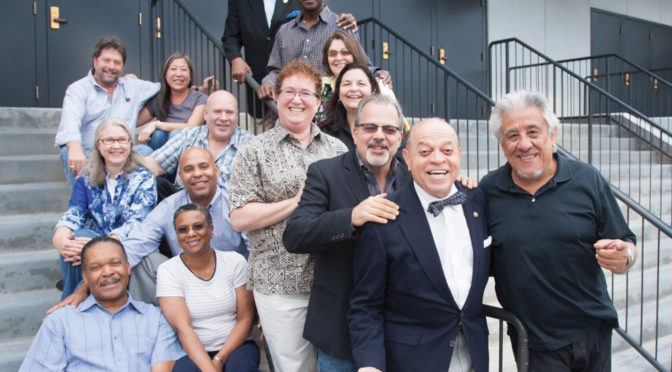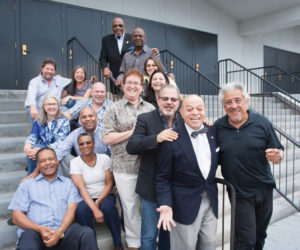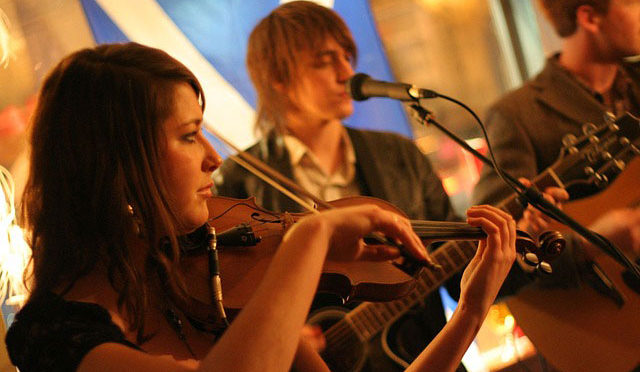Taxi drivers in cities around the globe continue protest against Uber. Hundreds of New York Taxi Workers’ Alliance drivers protested outside the New York State governor’s office in Manhattan, demanding he drop plays to give transportation companies like Uber a special law to allow them to dispatch fares to private motorists in personal cars. In Edmonton, Canada, shirtless taxi drivers interrupted a council meeting on the subject, while the city of Vancouver has passed a moratorium on Uber. Brussel taxi driver’s, furious over Uber’s launch of a service allowing private car owners to carry passengers, participated in a 1,000-taxi parade from Brussels North station to a press conference at Place Schumann.
International Transportation Workers’ Federation (ITF) Secretary Mac Urata says: “This coordinated union and employer action demonstrates the strength of anger around the world about Uber and other so-called ‘ride-share’ operators, which use private vehicles. We fear they put at risk the welfare of their drivers, the safety of passengers, and the livelihoods of millions of regulated taxi drivers. The ITF, the EFT [IFT Europe], and their affiliates are determined to put a stop to Uber’s illegal actions and bring them to the level playing field with the rest of the taxi industry.


